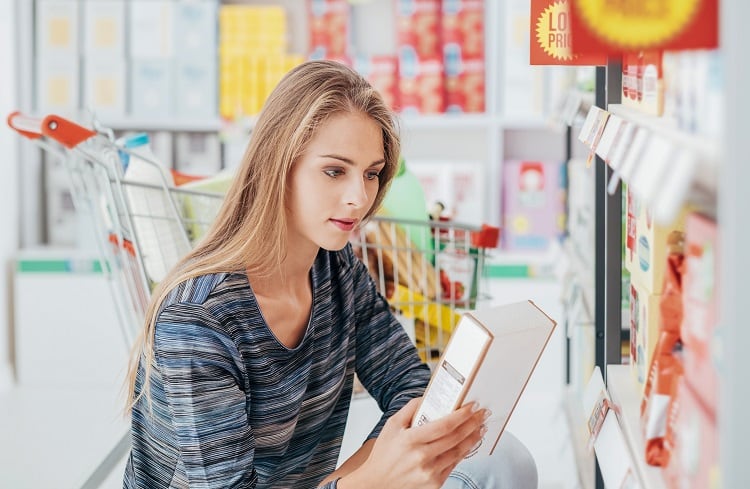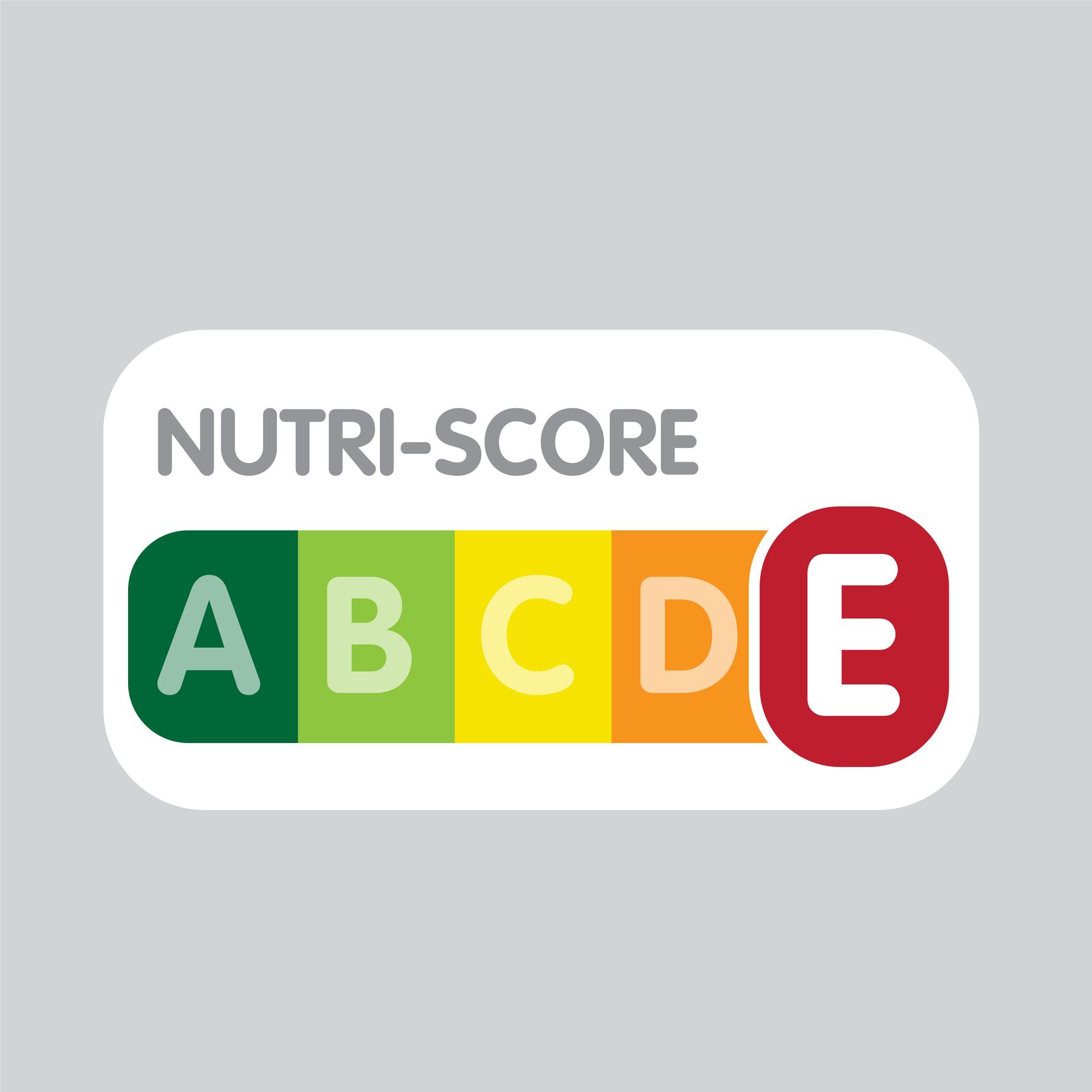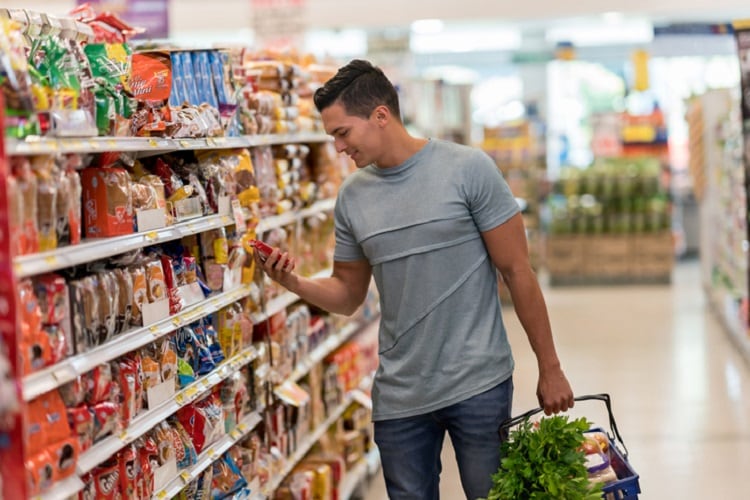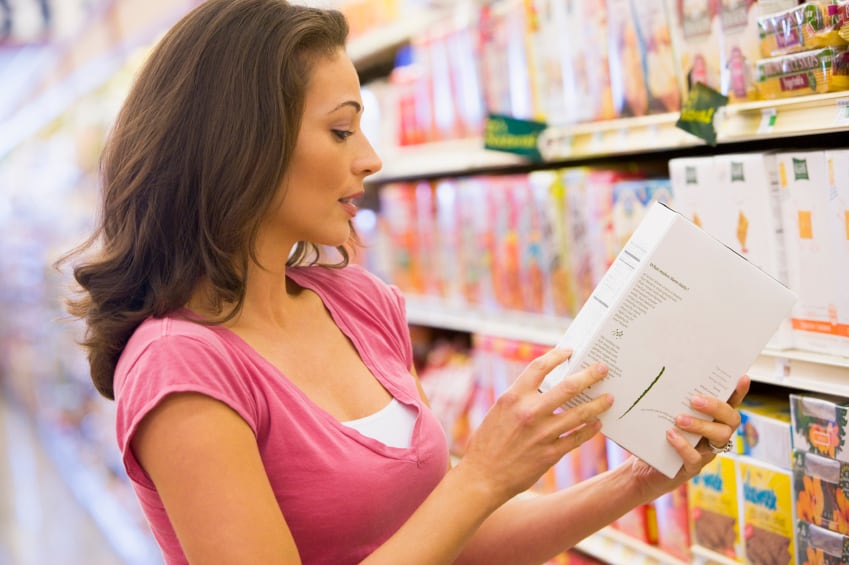Associations between obesity and ill health, and food, are growing stronger. According to the World Health Organization (WHO), 4.1m deaths are attributed to excessive salt intake per year. And unhealthy diets – teamed with a lack of physical activity – are known to influence metabolic risk factors associated with cardiovascular disease.
In an effort to combat rising obesity rates and reduce the risk of noncommunicable disease, health campaigners, governments, and start-ups are placing increased emphasis on front-of-pack (FOP) labelling.
Among the best known include NutriScore, traffic light labelling, and Yuka.
However, according to entrepreneur Aris Christodoulou, existing labels focus too much on a finished food product’s nutritional composition, and not enough on its transformation during the manufacturing process.
Growing research into the health effects of ultra-processed foods (UPF) indicate that Siga’s CEO and co-founder may have a point. Two studies published in the British Medical Journal earlier this year linked UPFs with risk of cardiovascular disease and death.
Regulators are also acknowledging the relationship between UPFs and disease. In Christodoulou’s native France, the High Council of Public Health has recommended a 20% reduction in consumption of UPFs by 2021. And in February of this year, the French National Nutrition and Health Programme (PNNS) registered reducing intake of UPFs as a priority.
“That is why we created Siga,” Christodoulou told FoodNavigator. “We use our own definition of UFP; a precise definition which enables us to assess any food according to its degree of processing.”
The result is a scientific classification system that analyses a food’s ingredient list and nutritional label. Siga is designed to help suppliers and retailers better focus on food quality, and enable consumers to choose the most natural and healthy products on the supermarket shelf.
How does Siga work?
Siga was founded on the premise that “food is more than a sum of its nutrients” and information regarding its degree of processing is necessary to evaluate its health potential.
The start-up recommends consumers eat 85% minimally or moderately processed foods, and 15% UPFs – equating to approximately two portions per day.
Siga defines UPF as a food product that contains at least one ultra-processed markers (UPMs) in its ingredient list. UPMs are ‘purified’ or ‘denatured’ ingredients obtained by technological processes related to cracking or chemical synthesis, according to the start-up.
The system analyses a product’s list of ingredients, nutritional table and legal name before ranking it according to letter, number and colour.
The degree to which the food is processed covers all ingredients and additives. Risk levels based on scientific opinions issued by ‘competent authorities’, together with the Food Standards Agency (FSA)’s targets regarded fat, sugar or salt, are also considered.
Siga’s ranking system classes foods on a scale from unprocessed to ultra-processed. Medals are attributed to food products recommended by Siga.
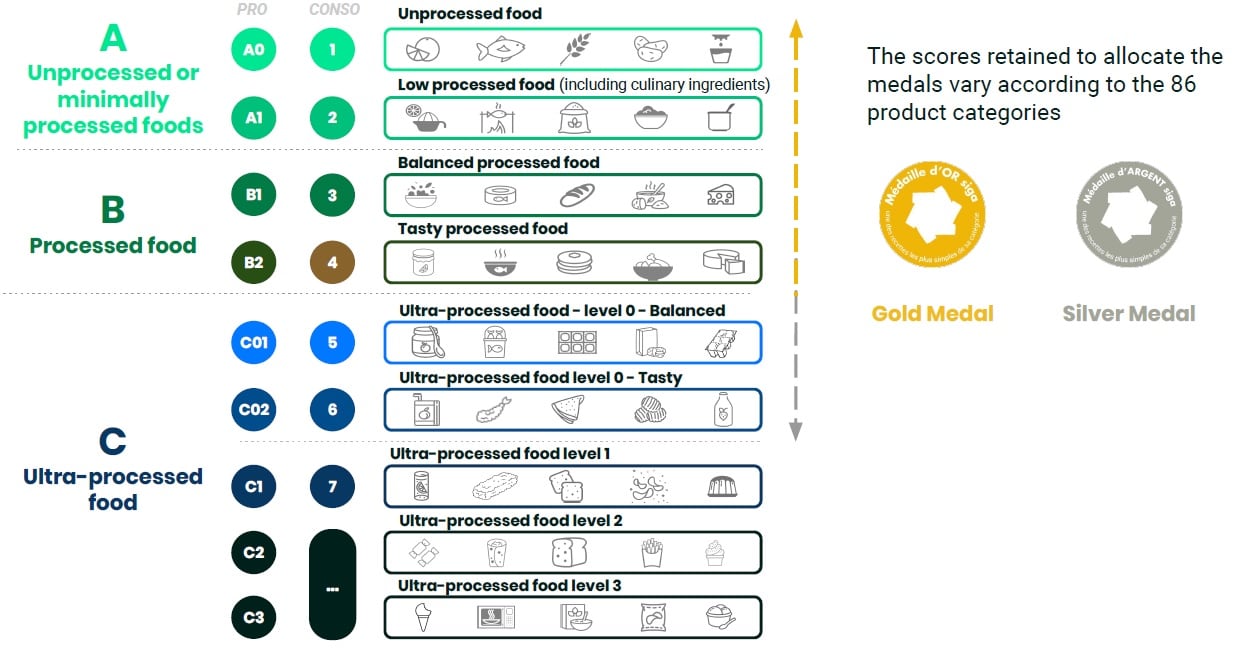
Beyond providing a coloured score, the Siga platform offers a more complete evaluation which identifies the ultra-processed ingredients, lists any food additives associated with safety concerns, and recommendations on how to reformulate and improve the product.
How does Siga compare to other food labels?
Siga sets itself apart from a number of food labels and ranking systems available on the market, which Christodoulou said concentrate on a food’s nutritional composition rather than manufacturing method.
The French-developed NutriScore system takes into account positive and negative attributes: Content of sugars, saturated fatty acids, salt and calories have a negative influence on the score, whereas the presence of fruits, vegetables, fibre or protein have a positive impact.
However, for Christodoulou, this ‘reductionist’ method “does not allow [consumers] to distinguish simply processed chocolates from ultra-processed ones”, for example. “Neither simply processed soups from ultra-processed alternatives.”
Indeed, the CEO claimed that 50% of foods regarded as ‘favourable’ by NutriScore (i.e. grade A and B) are ultra-processed. “On the market, 8.5 out of 10 foods presenting a favourable NutriScore on pack is ultra-processed.”
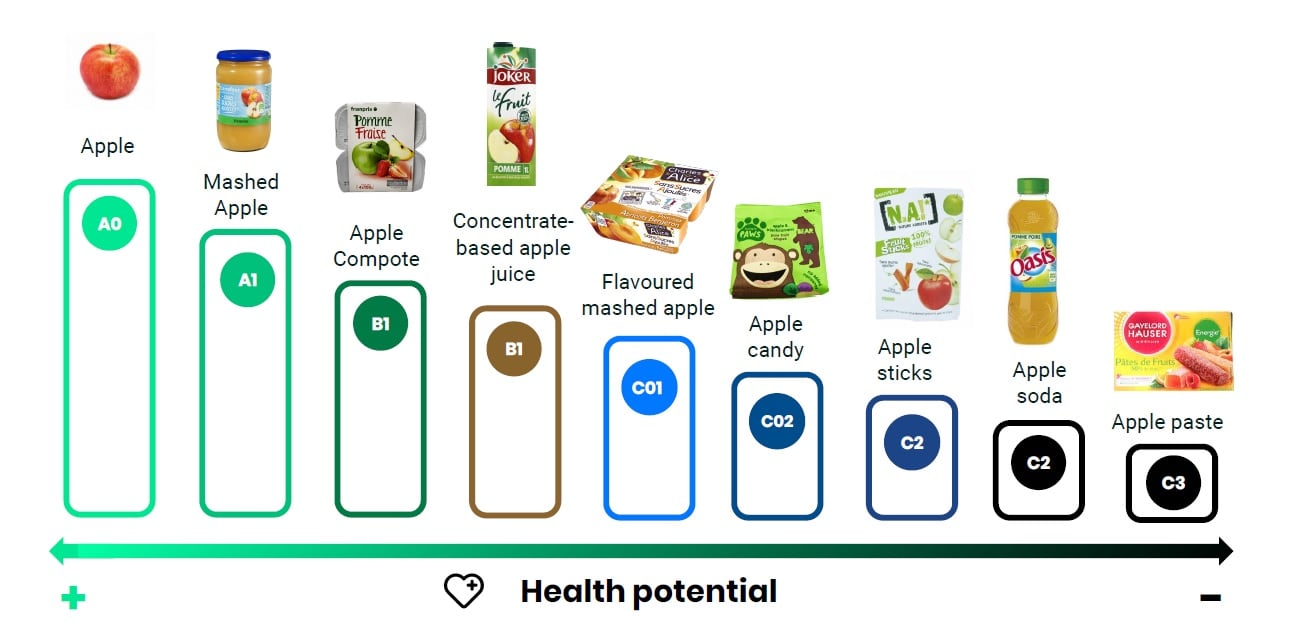
Another classification system native to France, Yuka, is designed to help shoppers choose healthier foods in-store.
Using Yuka’s free smartphone app, consumers scan a product’s barcode to evaluate its nutritional value. A coloured product card – ranging from green to red – is then displayed. Red indicates that the food contains unhealthy ingredients such as fat, salt, sugar and additives. Green represents healthier ingredients, and consequently a healthier product.
The app also suggests healthier alternatives to its unhealthy counterpart.
Christodoulou said Yuka’s strong media coverage has helped raise awareness regarding food formulation and recipes in France. However, no scientific study exists that justifies the use of, or the construction of, Yuka’s index, he continued.
“It seems that no scientist participated in the construction of this index and no scientist supports this methodology.
“If you assess yogurts or biscuits with Yuka, the best ones might be the organic light or diet ones, then the light or diet ones, and finally the organic ones. Ask any nutritionist. They would rank these articles inversely.”
Siga appears to be most similar to the NOVA system, which was developed by researchers in Brazil to assess the role of food processing on diets, health and wellbeing. NOVA has been applied to consumption data from countries including Brazil, the UK and Canada.
The system categories food into four categories according to the extent and purpose of industrial processing involved.
“NOVA was created to lead epidemiological studies and to inspire public policies,” Christodoulou explained. The definition of UPFs by the NOVA research team – “formulations of food substances often modified by chemical processes and then assembled into ready-to-consume hyper-palatable food and drink products using flavours, colours, emulsifiers and…other cosmetic additives” – proved very efficient in leading studies without having to completely understand ingredient lists, he continued.
However, the CEO said that when NOVA is applied to a specific food, it can be difficult to precisely assess the degree of processing, as the list of ultra-processed ingredients proposed by the system is not exhaustive.
“That may be why 30% of the NOVA scores calculated within [global food database] Open Food Facts are wrong.”
For Christodoulou, the Siga classification brings ‘finer granularity’ to NOVA groups. “Siga also intends to be based on legal information available to everyone – i.e. the list of ingredients and nutritional table on food packaging.
“In that way, our main assumption is that the degree of processing of the ingredients that make up the whole complex food accounts for its overall degree of processing.”
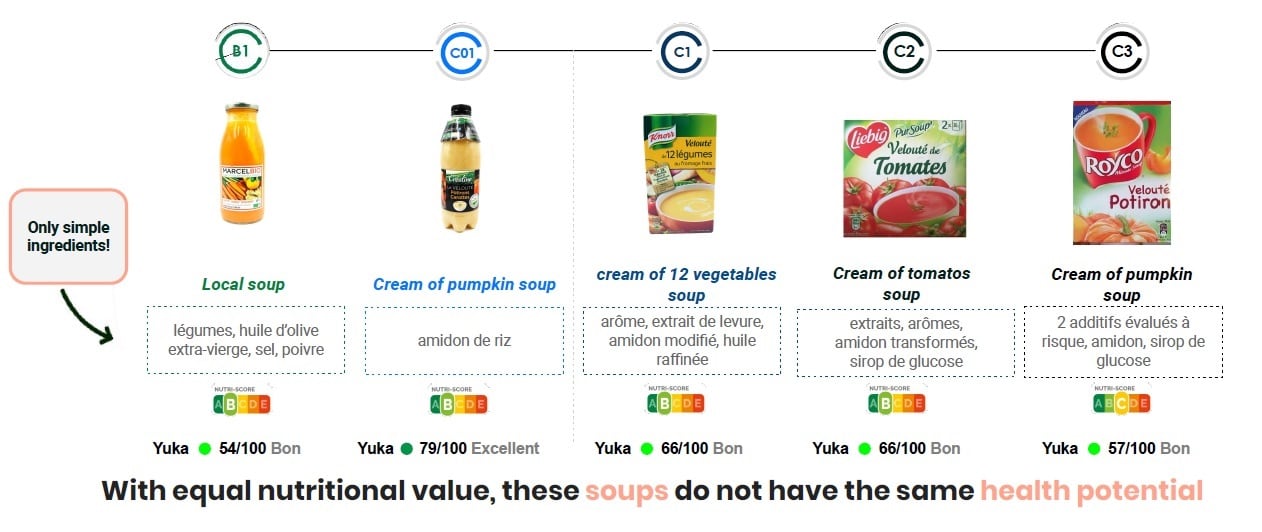
Siga’s scores and medals are available via a number of partner apps, including Scan Up, Eugène, ZeDiet.fr and Franprix. The start-up is also working with French organic retailer Biocoop.
An upgraded version of its FOP label is also in the works. “We are waiting on a new consumer information system…just wait for the end of the year, when the first rankings will appear on the packs of some of our partners,” revealed Christodoulou.


